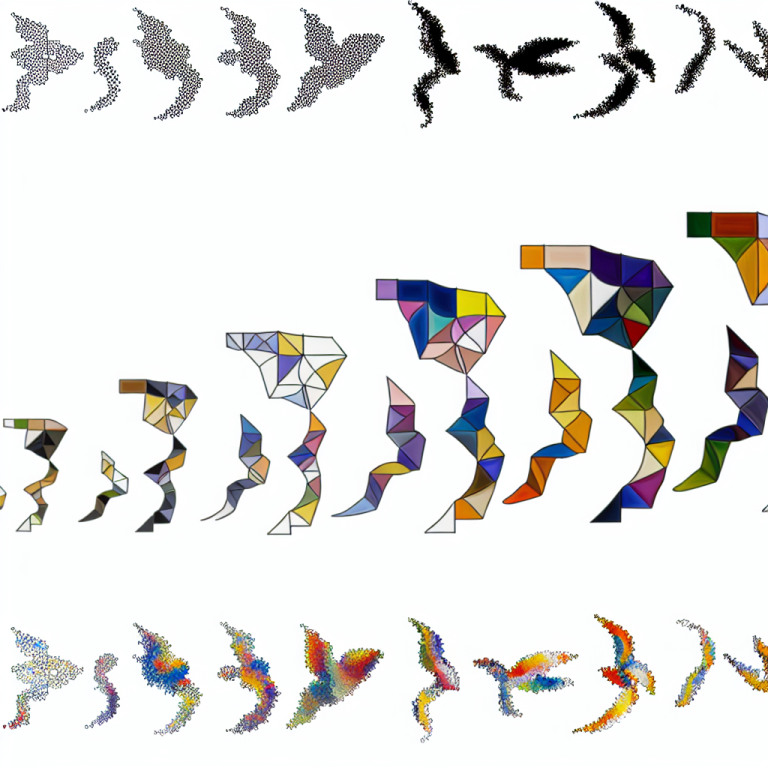The concept of path-dependent evolution of visual systems has been further explored by a recent study conducted by Varney and colleagues. In their research, they investigated two lineages of chitons, a type of marine mollusk, which have evolved different visual systems over time. The study, which was recently published in the journal Science, sheds light on how established morphological traits can influence the evolutionary trajectory of a species.
One fascinating aspect of the study is the discovery that the evolution of visual systems in chitons is influenced by the number of nerve openings in their shells. Lineages with more nerve openings tend to evolve eye spots, while those with fewer openings are more likely to evolve shell eyes. This finding demonstrates how morphological traits can dictate the evolution of complex traits such as visual systems.
Path dependence, as illustrated in this study, plays a crucial role in macroevolutionary predictability. By constraining potential outcomes after critical evolutionary junctures, path dependence helps shape the direction of an organism’s evolution. This phenomenon has been difficult to demonstrate in natural systems due to a lack of independent replicates, but the study on chitons provides compelling evidence of its existence in the natural world.
The researchers emphasize that the rapid and path-dependent evolution of visual systems in chitons is both deterministic and stochastic. While the possibilities are restricted by the morphological traits of the species, the outcome is not entirely predictable. This highlights the complex interplay between genetic factors and environmental pressures in shaping the evolution of visual systems.
The implications of this study go beyond the world of chitons, as it provides valuable insights into the broader field of evolutionary biology. By understanding how morphological traits can influence the evolution of complex traits like visual systems, scientists can gain a better understanding of the mechanisms driving evolution in diverse species.
Dr. Rebecca Sumner-Rooney, a scientist not involved in the study, provided a valuable perspective on the research. She noted that the findings of Varney and colleagues underscore the importance of considering morphological constraints in evolutionary studies. By demonstrating the role of path dependence in the evolution of visual systems, this study opens up new avenues for future research in the field of evolutionary biology.
In conclusion, the study on chitons conducted by Varney et al. offers a fascinating glimpse into the world of path-dependent evolution. By elucidating the link between morphological traits and the evolution of visual systems, the researchers have shed new light on the intricate processes that drive evolution in the natural world. This study represents a significant contribution to the field of evolutionary biology and paves the way for further research on the role of path dependence in shaping the trajectory of species evolution.




